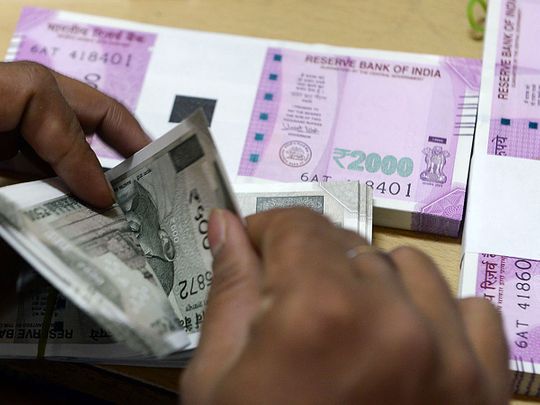Mumbai: India’s central bank left interest rates unchanged for a third straight meeting, amid stubbornly high inflation and signs of an economic revival. The repurchase rate was maintained at 4 per cent, as forecast by all 32 economists surveyed by Bloomberg.
The six-member Monetary Policy Committee retained its accommodative stance, Reserve Bank of India Governor Shaktikanta Das said. Inflation at 7.6 per cent in October was well above the upper end of the central bank’s 2-6 per cent target band and the RBI expect the outlook for prices could turn adverse. The central bank sees inflation in the fiscal third quarter at 6.8 per cent, well above its targeted range.
Read More
A surge in inflation has left the consumer price-targeting RBI with little room to ease rates further after lowering borrowing costs by 115 basis points this year. Das has instead relied on unorthodox measures such as the Federal Reserve-style ‘Operation Twist’ – buying long-end debt while selling short-tenor bonds – to keep borrowing costs down and support activity in the economy that’s entered a technical recession.
“The MPC decided today to maintain status quo on policy rate and continue with the accommodative stance as long as necessary at least during the current financial year and into the next year to revive growth on a durable basis,” Das said. This, he said, will help “mitigate the impact of COVID-19 on the economy while ensuring inflation remains within target going forward.”
The accommodative stance is an indication that the central bank sees the possibility of easing interest rates further when inflation eases.
6.8
%
Likely inflation rate between October to end December
“Overall non-food credit growth since April has been 6.4 per cent compared to 11.9 per cent in 2019,” said Abhishek Goenka, CEO of IFA Global. “Loans to industry have grown 1.2 per cent compared to 5.1 per cent in 2019 and personal loans by 10.5 per cent compared to 16.5 per cent in 2019.
“The current repo (repurchase agreement) rate is the lowest ever. Given abundant liquidity, the operating rate is the reverse repo rate, i.e. 3.35 per cent. The RBI has kept rates extraordinarily low to help the economy ride over the unprecedented crisis.”
India’s repo rate was at 9 per cent – the highest ever – in 2008 and 8.5 per cent in 2012.


